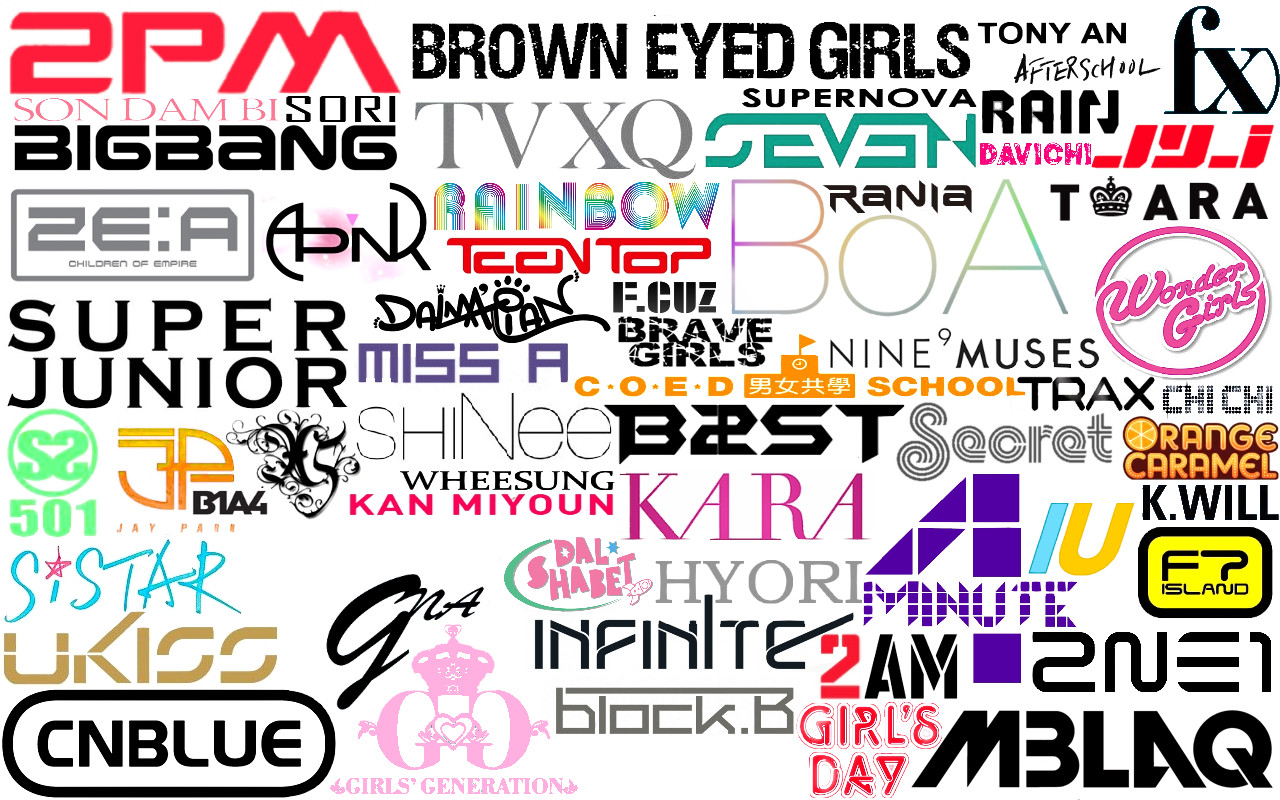First off, I just want to let the picture speak for itself. (scroll for analysis)

This is not your typical advertisement in that, I surfed the web or found it in some magazine. This picture was taken when I was in Seoul, South Korea in 2013 doing a study abroad. As my interests lie in K-Pop, when I visited South Korea, anything related to artists I liked, from ads to cut outs, I took a picture of it. In this case, I took a picture of this ad for the English usage. This is an ad for the theme park called Ocean World. The group Sistar is promoting how much fun it is to go to this park. Now usually there is a tag line that is associated with a product or place that most people know regardless of whether or not they use the product or visit the place. Think about Nike, McDonald’s or Burger King. Well this ad’s tag line just happens to be in English and as you can see they were clearly unaware of the connotations attached to the word climax. Yeah I know, we’ve all got a perverse sense of humor. But when I tried to explain what native English speakers think of when they hear/see that phrase, you could just imagine the looks. Koreans go by the primary definition and it never crossed their mind that we would see it differently.
When I see this ad, the first thing that comes to mind is the phrase “Never Ending CLIMAX”. Why is climax in all caps? Then I wonder, why is the tagline in English? That’s not your country’s language, so why use it when you’re promoting something in Korea? Yes you have a vast amount of tourist coming in that speak a plethora of different languages and you want to reach the English speaking tourists but clearly you don’t understand as much about English as you think you do. After getting past the English faux pas, I become aware of the two Sistar members doing some sort of magic on the right. One shooting water and one spinning an orb of water. Does that mean that the other two members are only tagging along for the never ending climax? Are their friends needed to part of the experience? If so, that’s a little bit too much companionship for me. I can reach my own never ending climax without having a group of people tagging along. But then it stands to reason that maybe you need the companionship, because in Korea, everything is promoted through groups, couples or families. I don’t think I have seen an ad that is entirely for those that are single without it turning into something you share with friends. And what about those two who don’t have the magic abilities, having fun on the opposite side of the picture? Without the magic, are they free to enjoy Ocean World, while the magically able do not? Clearly, I have an overactive imagination.

